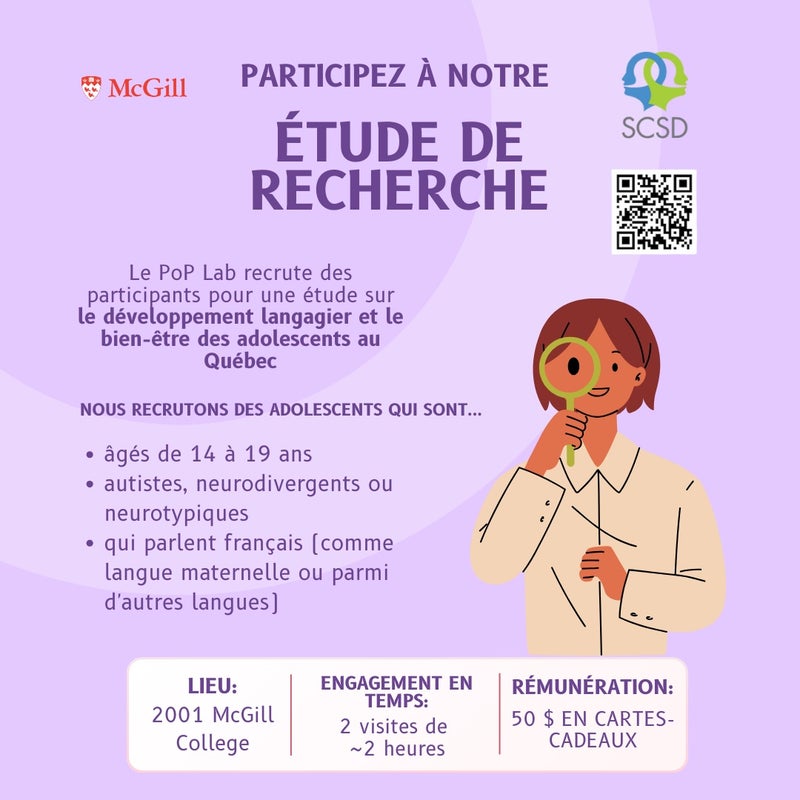Body scan can regulate emotions, thoughts

By Danika Swanson
The new school year is well underway, and with it comes new sources of stress, anxiety, and uncertainty. In past editions, we’ve practiced paying attention to our breath, thoughts, and sounds. In this edition, we’ll learn to bring our awareness to our bodies with a body scan.
The body scan is one of the most popular mindfulness practices. It offers a simple, structured way to help us connect with and pay attention to our bodies. Like with other mindfulness exercises, regular practice strengthens our ability to pay attention to the present and has been shown to offer a myriad of benefits for mental and physical well-being.
In particular, the body scan can help us ground and regulate when faced with strong emotions or thoughts by shifting our attention to the body and physical sensations. The body scan helps us notice what our bodies might need at that moment – food, rest, movement – so we can take better care of ourselves. For some, paying attention to your body may bring up discomfort due to pain from injury or past experiences. See if you can notice what comes up without judging or trying to change it; research has shown that this may bring some relief. If not, you can choose to focus on more pleasant or neutral sensations.
Getting started
If this is a new practice for you, I recommend using guided audio or video so you can keep your attention on your body. There are lots of links below to help you get started!
If you’re leading for your kids, try to balance allowing time to linger at each body part with moving forward so they don’t get bored. Pause occasionally to ask what they notice, and offer words that describe various sensations (“body feelings”) they might notice: hot, cold, tingling, tight, soft, dry, itchy, relaxed, sore, numb, etc.
- Find your mindful position. If you’re doing this before bed, try lying down. If you’re doing this during the day, find a comfortable seated position – in a chair or on the floor.
- Let your eyes close or keep your gaze soft.
- Take three deep breaths.
- Bring your attention to your whole body.
- Starting with the feet, slowly take a trip around your body, pausing at each place to see what sensations you notice. If you find points of tension, try to soften and release.
- Move from your feet upward > legs (calves, knees, thighs) > belly > chest > shoulders > arms > hands > fingertips > neck > face (forehead, eyes, jaw, tongue) > to the top of the head.
- Notice your whole body. Take one more breath.
- When you’re ready, open your eyes.
Resources for guided body scans:
- Short Body Scan | UCLA Mindful Awareness Research Center (2:44) https://www.uclahealth.org/marc/mpeg/Body-Scan-Meditation.mp3 (audio)
- 3 Minute Body Scan Meditation | Fablefy – The Whole Child (3:26) https://www.youtube.com/watch?v=ihwcw_ofuME
- Body Scan Meditation |GoZen (6:16) https://www.youtube.com/watch?reload=9&v=-dXiFBTWgTo (video)
- Body Scan Meditation for Children with Autism & Special Needs | Diverse Learning Hub (6:52) https://www.youtube.com/watch?v=B9MTNoVzgXU
- Break for a Body Scan | Center for Healthy Minds, University of Wisconsin Madison (8:15) https://centerhealthyminds.org/assets/files-resources/body2eC.mp3 (audio)
- Body Scan for Kids | Mindful (11:39) https://www.mindful.org/body-scan-kids/ (audio)
- The Body Scan Meditation | Cosmic Kids: Zen Den (15:58) https://www.youtube.com/watch?v=TCoUnEPeuQk (video)
Danika Swanson is the Consultant for the Spiritual and Community Animation Service at the English Montreal School Board and was trained by Mindful Schools to teach mindfulness to elementary and secondary school students.









